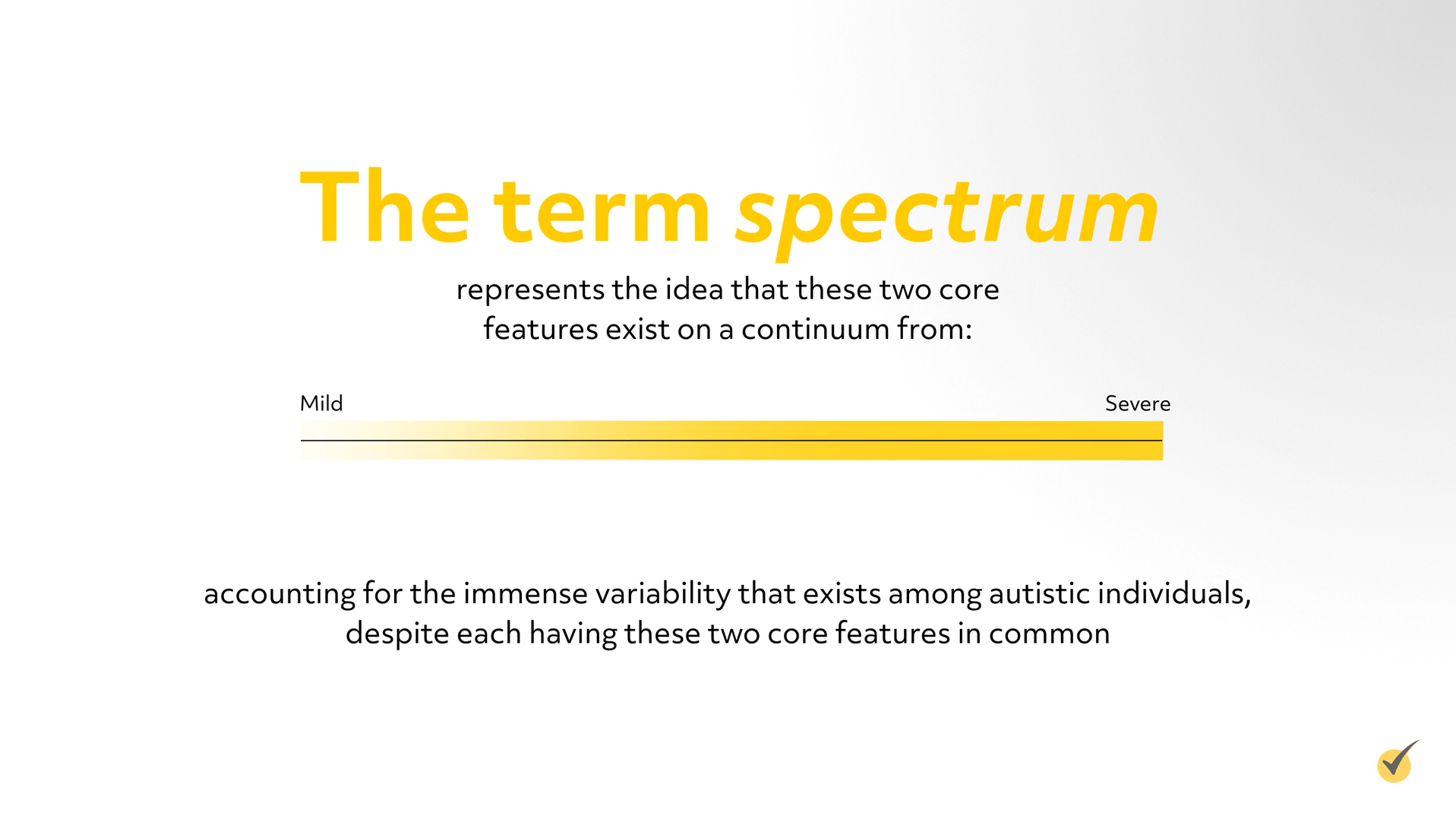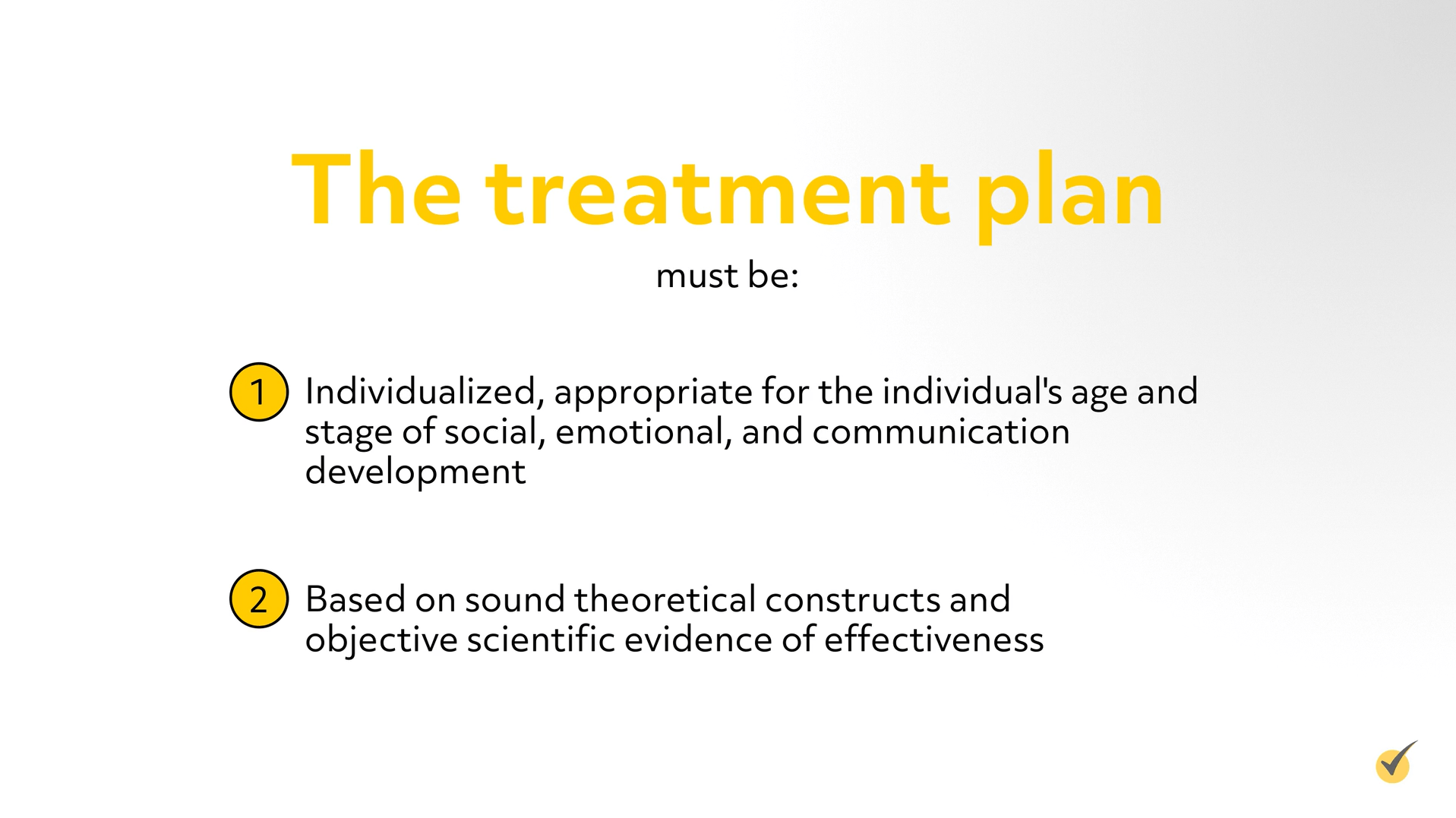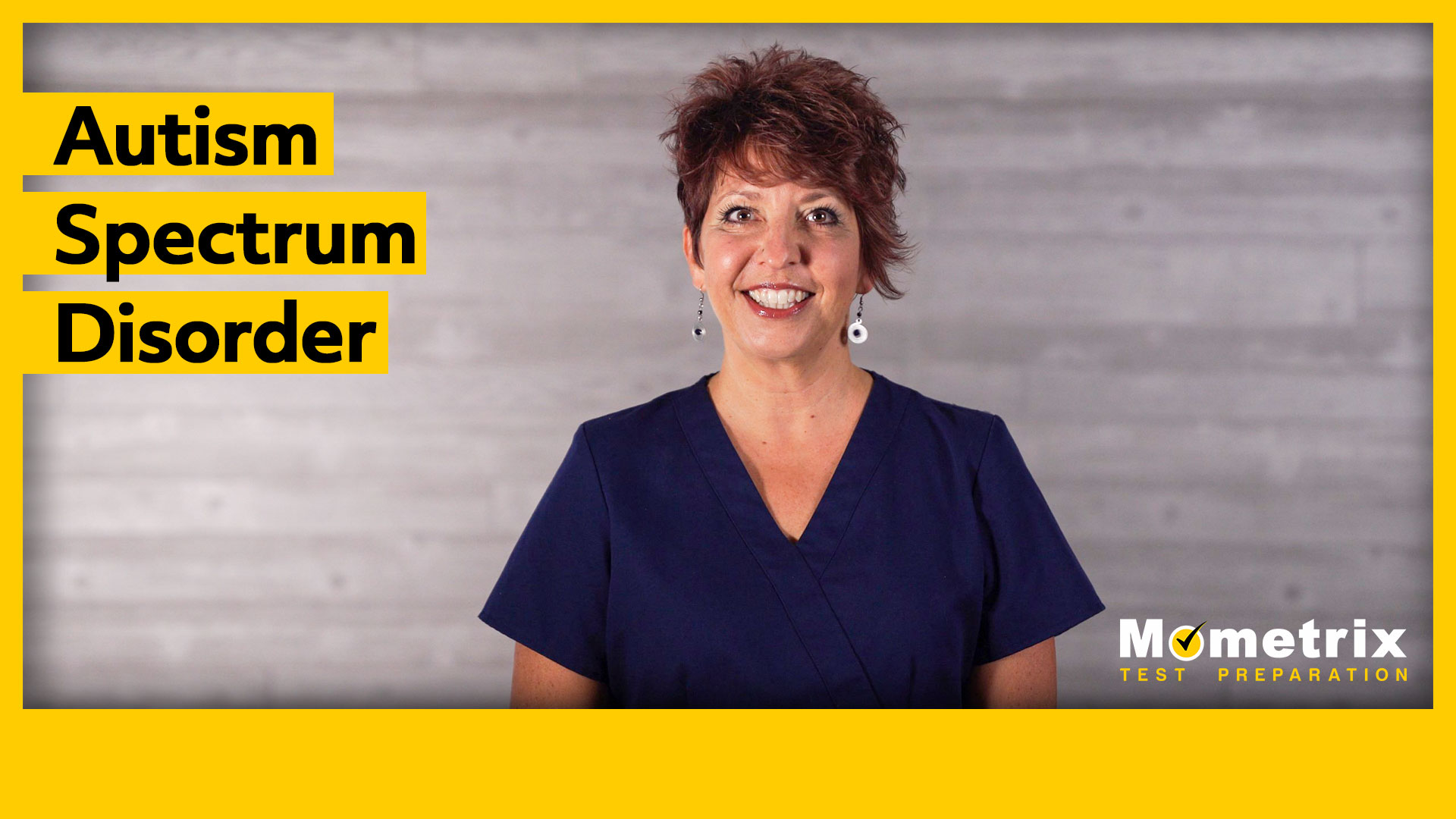
Hi and welcome to this overview of Autism Spectrum Disorder.
Once thought to be a form of childhood schizophrenia, Autism Spectrum Disorder is actually a spectrum of neurodevelopment disorders. Since the release of the DSM-5 in 2013, autism disorder and several related subtypes have been merged into the single diagnostic category Autism Spectrum Disorder (ASD).
Autism Spectrum Disorder occurs globally across all racial, ethnic, and socioeconomic groups., In the latest analysis from the Centers for Disease Control and Prevention, an estimated 1 in 68 children in the U.S. has ASD, with boys significantly more likely than girls to develop it. According to the World Health Organization, the prevalence of ASD appears to be increasing worldwide.
Core Features of ASD
Significantly impacting an individual’s cognitive and social functioning, the disorders on the autism spectrum share two ‘core’ features:
- Persistent difficulty with speech and nonverbal communication
- Restricted and repetitive patterns of activities, interests, movements, or behaviors (RRBs)
The term spectrum represents the idea that these two core features exist on a continuum from mild to severe, accounting for the immense variability that exists among autistic individuals, despite each having these two core features in common. Importantly, these core features are associated with the wide range of clinical symptoms found in autistic individuals. Symptoms and combinations of symptoms can differ from person to person, have various degrees of severity, and can also change over time.

Frequently accompanied by both developmental delays and intellectual disability, ASD is also associated with a number of comorbid medical conditions such as gastrointestinal disorders, epilepsy, sleep disorders, depression, anxiety disorders, and ADHD.
ASD has a number of different etiologies (both genetic and environmental) and is believed to be multifactorial, although the exact pathophysiology of autism spectrum disorder has yet to be identified. Despite considerable evidence of structural abnormalities, the neuropathological mechanism that leads to the onset of autistic symptoms remains poorly defined.
Symptoms of autism generally appear early in childhood (12 to 18 months of age) and by the age of 3, a diagnosis of ASD can usually be made; although ASD can be reliably diagnosed as early as age 2 by an experienced professional.
There is no specific medical test or imaging that can diagnose Autism Spectrum Disorder; instead, the diagnosis is based on the presence of developmental delays and behavioral symptoms.
Standardized screening of all children for symptoms of ASD is recommended by the American Academy of Pediatrics (AAP). Screening is done through a combination of parent/caregiver interviews, developmental surveillance at each visit, and standardized autism-specific screening tests such as the Modified Checklist for Autism in Toddlers (M-CHAT), or Screening Tool for Autism in Toddlers and Young Children [STAT] at 18 and 24 months of age., Those who screen positive or score “at risk” should be promptly referred for a comprehensive diagnostic assessment and intervention services as deemed appropriate. There is strong evidence that the key to optimizing outcomes for autistic children is early diagnosis and intervention.
While no single observation tool or assessment scale is appropriate for all clinical settings, several assessment instruments are available to aid in better assessing the behaviors and symptoms associated with ASD and include:
- The Developmental, Dimensional, and Diagnostic Interview (3di)
- Childhood Autism Rating Scale (CARS)
- The Autism Diagnostic Interview-Revised (ADI-R)
- The Diagnostic Interview for Social and Communication Disorders (DISCO)
- The Autism Spectrum Disorder–Diagnosis Scale for Intellectually Disabled Adults (ASD-DA)
- The Autism Spectrum Disorder–Observation for Children (ASD-OC)
The main goal of the diagnostic evaluation is to gather information to support or dismiss a diagnosis of ASD. Those with a diagnosis of ASD should also be evaluated for potential etiology and common coexisting medical conditions.
Treatment Approaches for ASD
Currently, there is no cure for Autism Spectrum Disorder, nor a “one-size-fits-all” standardized treatment plan.
The goals of treatment are to:
- Minimize the impact of the core deficits and comorbid impairments
- Eliminate, minimize, or prevent problem behaviors that may interfere with functional skills
- Maximize functional independence by facilitating learning, acquisition of adaptive skills, and quality of life.
The treatment plan must be individualized, appropriate for the individual’s age and stage of social, emotional, and communication development and should be based on sound theoretical constructs and objective scientific evidence of effectiveness.

Several approaches and treatment modalities, alone or in combination, are used to target specific skills or behaviors (e.g., self-care skills) and may include any or all of the following:
- Educational and Behavioral Therapies such as: Cognitive Behavior Therapy, Applied Behavior Therapy, Joint Attention Therapy, Music Therapy, Social Skill and Discrete Trial Training.
- Speech and Communication Therapies such as: Parent Mediated Social Communication Therapy and Facilitated Communication
- Occupational Therapy
- Physical Therapy
- Pharmacological Therapy
- Nutritional Therapy
- Complementary and Alternative Treatments
Additionally, family education and counseling often help the family cope with the challenges of living with and caring for an autistic family member.
It is important to note that treatments, including medications, are designed to help ameliorate specific symptoms; none are curative. Additionally, no medication can improve the core signs of autism spectrum disorder or even treat its main symptoms.
Review
Okay, now that we’ve covered everything, let’s look at a few review questions.
1. Which statement about ASD treatment is not true?
- The treatment plan must be based on the person’s specific needs and age and be developmentally appropriate.
- The goals of treatment are the same for all: remedy the core feature and any comorbid impairments, eliminate/minimize problem behaviors, maximize functional independence and quality of life.
- Treatment plans may include: medications, educational, behavioral, speech, and language therapy, as well as other modalities.
There is no remedy for the core features of ASD.
2. Which of the following statements best describes ASD?
- A neurodevelopment disorder with a wide range of symptoms and varying degrees of severity, which typically appear during childhood.
- A genetic disorder with a variety of different core features and varying degrees of severity.
3. Which of the following statements about ASD is true?
- The American Academy of Pediatrics (AAP) recommends annual screening of all children for symptoms of ASD.
- Neuroimaging studies of the autistic brain have pinpointed the pathological mechanism that lead to the onset of autistic symptoms
- ASDs share two ‘core’ features: persistent difficulty with speech and nonverbal communication, and restricted and repetitive patterns of activities, interests, movements or behaviors (RRBs).
I hope this review was helpful! Thanks for watching and happy studying!

